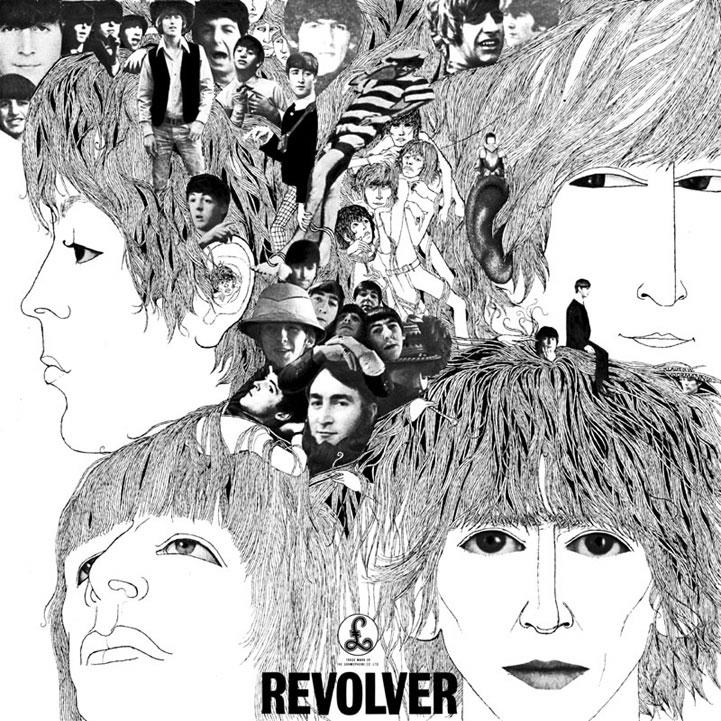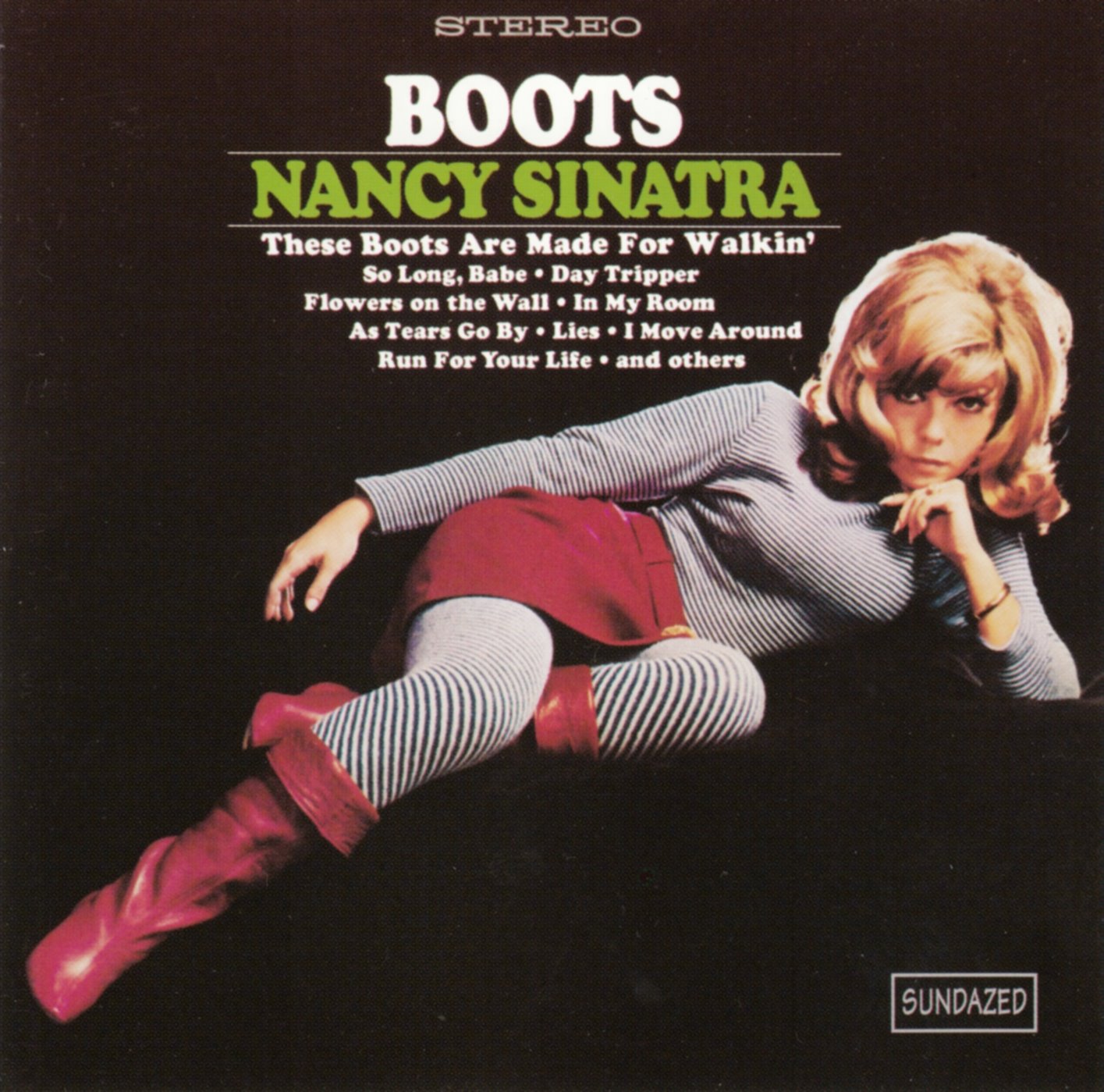Existing somewhere between the 60’s psych rock of Blue Cheer and the mid-90’s britpop bravado of Blur, Chicago’s Secret Colours are a band steeped in tradition, while also being firmly aware that creativity can stagnate through adherence to rote musical guidelines. On their latest record, Peach (out now), the band blazes through concise psych rock nuggets (which incidentally would not be out of place on an actual Nuggetscompilation) and dense indie rock riffage with barely a breath taken. By twisting and warping their own influences, Secret Colours present a distorted and opaque pop-tinged view of their own rock lineage. Sitting alongside the band at the helm of their sophomore album, producer Brian Deck (Modest Mouse, Iron & Wine) has helped to coax a multiple of polychromatic rhythms and viscous textures from band members Tommy Evans, Dave Stach, Justin Frederick, and Eric Hehr. So turn on, tune in, and drop out to Secret Colours’ vast network of psychedelic sounds, sheets of opaque guitar squalls, and runs of vocal acrobatics. It may not be a psychotropic trip but you will be glad you took it.
Recently, the band sat down with Beats Per Minute to discuss some of the records which helped to set the foundation of their own sound. Between the bass driven backdrop ofBoots from Nancy Sinatra, the cosmic psych rock of Spacemen 3, and the 60’s pop perfection of The Beatles’ Revolver, the band sets out to carefully detail their influences and inspirations. Check out Secret Colours’ full list below in the latest installment of our On Deck series.
Justin Frederick (Drums):
The Beatles album Revolver has held an insurmountable level of influence on me from the first time I heard it in the back of my best friend’s silver Chevy Impala. I had purchased it from the local record store Kiss the Sky in hopes of sating my teenage urge for tasteful 60’s pop. I had grown up hearing The Beatles, it’s around every corner. I had never heard The Beatles in this light before. Revolver shook my very foundation, exposed something that I knew… there was no going back from.
Every track was seamless, streaming into the next with such lucidity. From the iconic “Taxman” bass groove. “For No One” which is so incredibly raw in which it’s Paul McCartney left to his own devices. The infectious guitar hook which opens “She Said She Said” followed by that roll that Ringo plays between the toms and snare that creates this perfectly placed drum fill. The doubled guitar riff that harmonizes over each other on “And Your Bird Can Sing” is so melodically simple but engineered to perfection. Then you have “Tomorrow Never Knows”, which is it’s own beast entirely. It’s a perfect example of a song that could not have been written at any other time in history, a time print on the culture that John Lennon was taking in (or rather “tuning in”) and in turn sculpting pop culture itself.
Tommy Evans (vocals, guitar, songwriter):
Probably two of my top favourite records that made me want to become a songwriter and performer would be Blur’s self titled and Spacemen 3’s Forged Prescriptions.
Blur has been a big part of my life since I was a child. My dad showed them to me when I was only like a year old. I probably couldn’t really understand what music was at that time but never the less I feel some part of it soaked into my consciousness. It wasn’t until I was in high school when I started writing my own songs that I figured out how much Blur had influenced how I listen and write music, their self titled album in particular. Haunting psychedelic songs like “Beetlebum,” “Theme From Retro,” and “Death of a Party” made me strive to try and create my own version of that world, while still maintaining some sort or pop structure. Songs like Song 2 and Chinese Bombs made me want to play fast and loud. But what’s best about that record is the diversity of the songs and the unique chord progressions. Each song is completely different yet maintains a similar melodic heart. I feel that record will always be a huge part of who I am musically and influence what I create in the future.

Spacemen 3 – Forged Prescriptions
Forged Prescriptions was a giant part of the creation of Secret Colours. It was the first record that all our original members sort of bonded over. It laid the foundation of the style of music Secret Colours played. The song “Walking With Jesus” in particular. It’s a simple enough two chord jam of G and C that we could mess around with for hours. It was also a song we could play live out of the blue, changing only the dynamics and the vocals to the guitar solo back to vocals. I guess you could say it was our anthem for the first two years of our band’s career. Besides “Walking With Jesus,” we loved all the raw sounding guitar tones and organ tones scattered all over the record. We try emulating them and the style of playing them in our own way, especially on our first record on songs like “Some Might Say” and “Sea.” Even our 1st Albums artwork reflects that record. The dress on the cover has the same pattern as the wallpaper on the Forged Prescriptions cover. I think that pretty much says it all right there.
Eric Hehr (Bass):
Since I play bass in Secret Colours, I figured I’d pick an album that has influenced my bass playing, as well as a go-to reference point for my bass tone. It didn’t take very long to decide that Nancy Sinatra’s 1966 debut full length Boots would be my contribution to this On Deck feature.
Apart from the bass (which was performed by Carol Kaye), the album is a 60’s pop goldmine. It disguises a lot of unconventional avant-garde techniques as effortless pop tunes. It also host an impressive cast of pop royalty: Lee Hazelwood produced, Billy Strange arranged, and The Wrecking crew performed.
Back to the bass! The song in specific that always blows me away is “These Boots Are Made For Walking.” Apart from being a classic novelty of pop music (Hazelwood told Sinatra to sing the song as if she was “a sixteen year old girl who liked fucking truck drivers”), it’s a classic example of why Carol Kaye has recorded on over 10,000 sessions in her career. She serves the song, keeps it straight forward, and doesn’t do anything flashy – yet she manages to steal the show. On this specific recording, she used a Fender P-Bass with flat-wounds – heavily muted and with a thick old pick. The electric bass track was doubled with an upright bass, played by Chuck Berghofer. Apparently, Nancy Sinatra was a big fan of double bass on her tracks, and Strange adjusted the arrangement to enhance the use of such heavy bass.
We recently recorded a new single, and the two recordings I referenced for the bass were “I’m Your Man” by Bobby Taylor & The Vancouver’s and “These Boots Are Made For Walkin” by Nancy Sinatra. I have a 1976 4001 Rickenbacker that I put flat-wounds on, rolled off the tone, and cranked the neck pickup. I doubled my Ric track note for note with a mock Fender VI bass with a bit of verb on it. It doesn’t sound nearly as rad as Carol Kaye on those Nancy Sinatra or Beach Boys albums, but it sounds pretty fucking cool.
Secret Colours’ latest album, Peach, is out now.





